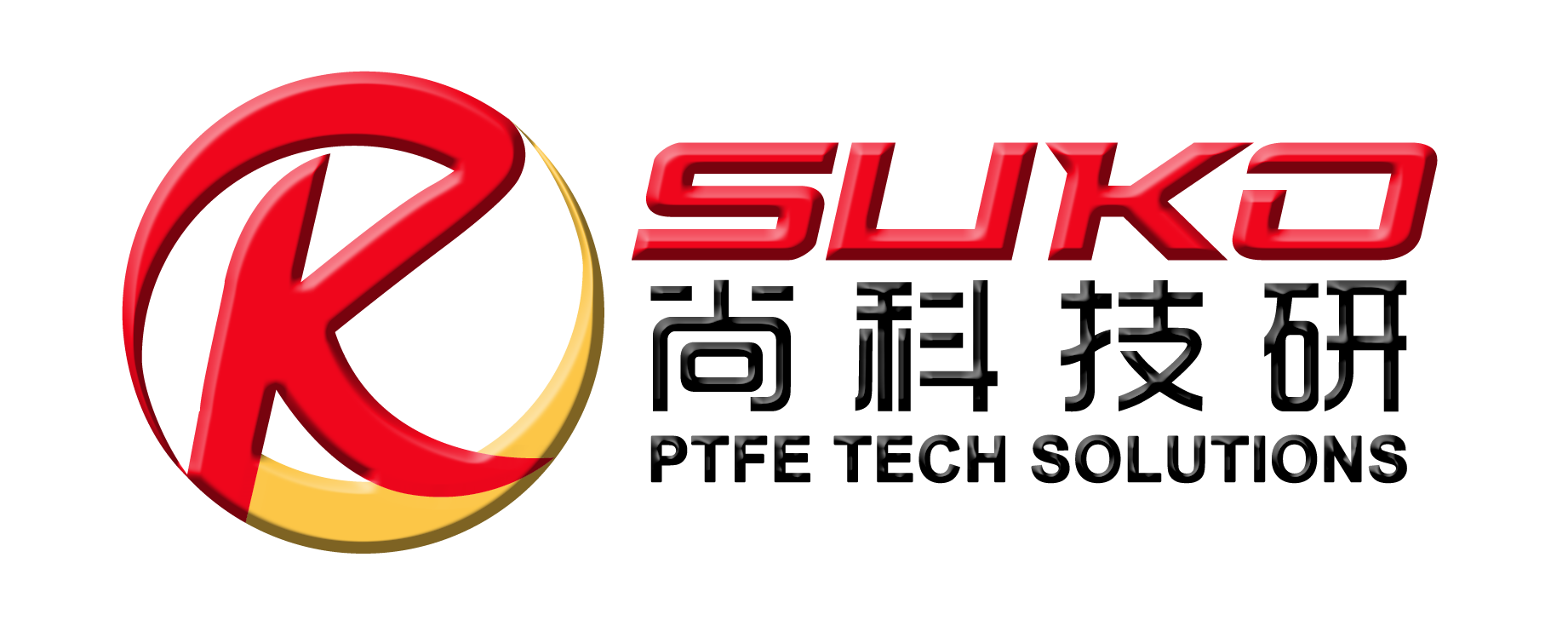With the advancement of industrialisation, pollution is a crucial problem for mankind. In the Green drive, i.e tomake the world pollution-free, radiation technology takes an important position. Nuclear radiation has made itsentry into many chemical processes. ‘Polymerisation’, ‘grafting’ and ‘curing’, all-important chemical processes inthe polymer field, can proceed through radiation techniques. The radiation technology is preferred over the otherconventional energy resources due to some reasons, e.g. large reactions as well as product quality can becontrolled, saving energy as well as resources, clean processes, automation and saving of human resources etc.Apart from this, radiation is also a good sterilising technique over other conventional sterilising techniques. Theirradiation of polymers can be applied in various sectors. In this review, the attention has focussed primarily to foursectors, i.e. biomedical, textile, electrical and membrane technology.

From the age of stone and metals, we have come to the age of nuclear energy and polymers. Indeed,we live in the world of polymers. That is why scientists and technologists have termed this era as the‘polymeric age’. In every step of our daily lives, we come across things, which are the fruits of polymerresearch. The ever widening application of polymers in everyday life over the last several decades hasgenerally been acknowledged as a mixed blessing by scientists and technologists. Though started in themiddle of the last century, work in this field of chemistry has been so rapid and the application so usefuland versatile, that the number of polymer systems are enormous.
The last three decades have also witnessed the emergence of nuclear radiation as a powerful source ofenergy for chemical processing applications. Thus, it can be applied in different industrial areas. The factthat radiation can initiate chemical reactions or destroy micro-organisms has led to the large-scale use ofradiation for various industrial processes. Nuclear radiation is ionising, which on passage throughmatter, gives positive ions, free electrons, free radicals and excited molecules. The capture of electronsby molecules can also give rise to anions. Thus, a whole range of reactive species becomes available forthe chemist to play with.
Radiation-based processes have many advantages over other conventional methods. For initiationprocesses, radiation differs from chemical initiation. In radiation processing, no catalyst or additives arerequired to initiate the reaction. Generally with the radiation technique, absorption of energy by thebackbone polymer initiates a free radical process. With chemical initiation, free radicals are broughtforth by the decomposition of the initiator into fragments which then attack the base polymer leading tofree radicals. Sakurada [1] compared the efficiency of the two processes and estimated that the samenumber of initiating radicals are produced in unit time with a radiation dose of 1 rad/s or a chemicalinitiator, e.g. benzoyl peroxide, at a concentration of.01 M is used. Chemical initiation is howeverlimited by the concentration and purity of the initiators. However, in the case of radiation processing,the dose rate of the radiation can be varied widely and thus the reaction can be better controlled. Unlikethe chemical initiation method, the radiation-induced process is also free from contamination. Chemicalinitiation often brings about problems arising from local overheating of the initiator. But in the radiation-induced process, the formation of free radical sites on the polymer is not dependent on temperature but isonly dependent on the absorption of the penetrating high-energy radiation by the polymer matrix,Therefore, radiation processing is temperature independent or, in other words, we may say it is a zeroactivation energy process for initiation.
As no catalyst or additives are required, the purity of the processed products can be maintained. Withradiation processing, the molecular weights of the products can be better regulated. Radiation techniquesalso have the capability of initiation in solid substrates. The finished products can also be modifying bythe radiation technique.
Nuclear radiation energy, however, is expensive though very efficient in bringing about chemicalreactions. The unit cost of installed radiation energy is much higher than that of conventional heat orelectrical energy. Despite this fact, the application of nuclear radiation energy has proved its superiorityand its cost effectiveness in a number of chemical processes over that of other forms of energy such asheat or electrical energy. Radiation techniques have good efficiencies with regard to power and needsonly a small space to be set up.
The application of radiation on polymers can be employed in various industrial sectors, i.e. bio-medical, textile, electrical, membrane, cement, coatings, rubber goods, tires and wheels, foam, footwear,printing rolls, aerospace and pharmaceutical industries. In this review, attention is focused primarily onfour sectors: biomedical, textile, electrical and membrane technologies.
Post time: Mar-12-2020

